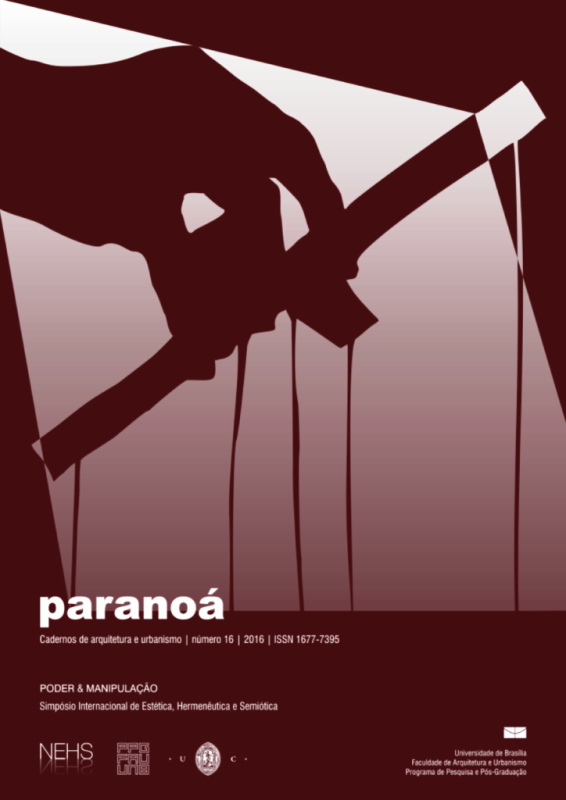The nature of the landscape between the greeks
DOI:
https://doi.org/10.18830/issn.1679-0944.n16.2016.13Keywords:
Landscape, Myth, Boundary, Horos, Boundary templeAbstract
This paper presents a debate about the landscape thinking of the Ancient Greeks, its characteristics and limits. It’s understood that the landscape is the locus of symbolic interactions among the subject, the territory and the environment which surrounds it. It’s assumed as a lived phenomenon, and ithas its cultural significance recognized, since it surpassesthe general idea which restricts it to a visual unit and to a background distanced from the life experiences. In the Ancient Greek World, the landscape is divided into three dimensions: natural, inhabited and mythical, which are interdependent and intertwined. Its borders are clearly demarcated with á½…Ïοι ”“ boundary markers ”“ and temples in order to communicate its narratives, access modes, uses and ritualistic codes, indicating a cultural, social and political order in an undifferentiated nature.
Downloads
Published
Issue
Section
License
Autores que publicam nesta revista concordam com os seguintes termos:
- Autores mantém os direitos autorais e concedem à revista o direito de primeira publicação, com o trabalho simultaneamente licenciado sob a Licença Creative Commons Attribution que permite o compartilhamento do trabalho com reconhecimento da autoria e publicação inicial nesta revista. http://creativecommons.org/licenses/by/4.0
- Autores têm autorização para assumir contratos adicionais separadamente, para distribuição não-exclusiva da versão do trabalho publicada nesta revista (ex.: publicar em repositório institucional ou como capítulo de livro), com reconhecimento de autoria e publicação inicial nesta revista.
- Autores têm permissão e são estimulados a publicar e distribuir seu trabalho online (ex.: em repositórios institucionais ou na sua página pessoal) a qualquer ponto antes ou durante o processo editorial, já que isso pode gerar alterações produtivas, bem como aumentar o impacto e a citação do trabalho publicado (Veja O Efeito do Acesso Livre).


















